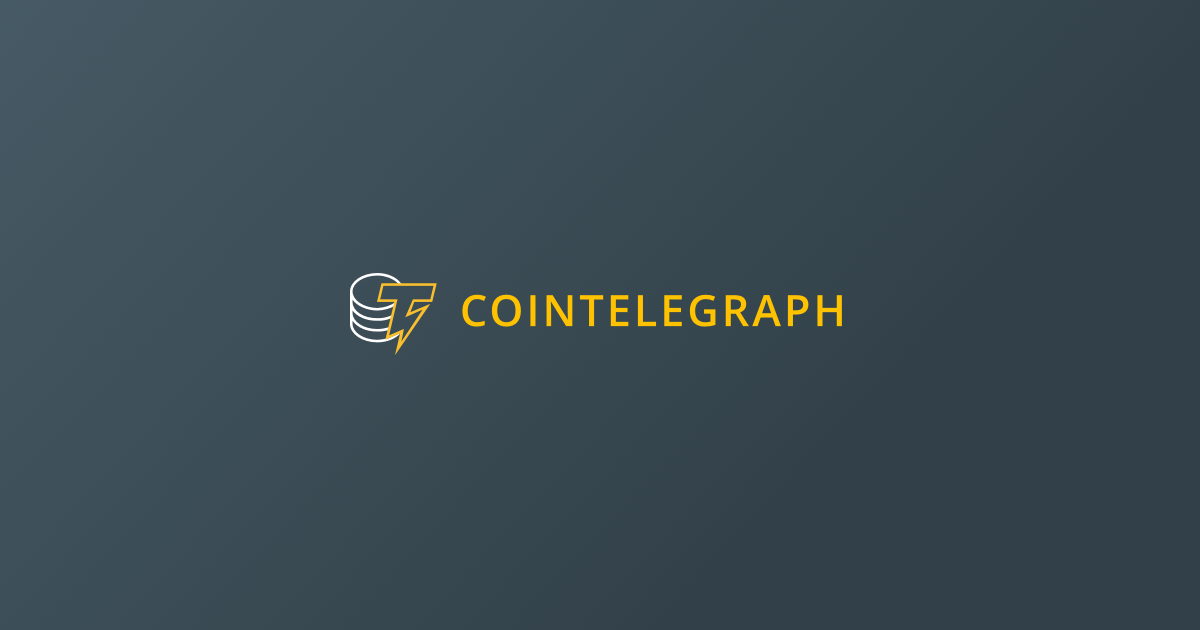Could the maximum bitcoin, which is 21 million, remains quantitative and crossed?
The maximum bitcoin, which is 21 million, is one of the most famous features of the protocol-a sweeping cover that determines its scarcity, value of value and attractiveness “digital gold”. But what happens if this system is threatened by two aspects: by strong quantum computers on one end and increasing the demand for bitcoin benefit across the chain on the other side?
A shortcut to the quantitative assets maps, QRAMP is a proposed frame in early 2025 by the Bitcoin Agustin Cruz developer. It is designed to do two things simultaneously: Bitcoin protection from future quantum attacks and eliminating a safer way to extend bitcoin to other Blockchain environmental systems without prejudice to nursery or supply limits.
Unlike Bitcoin wrapped (such as WBTC or Renbtc), which depends on the guardian of real bitcoin (BTC) and the release of a symbolic version elsewhere, QRAMP does not keep coins at all.
Instead, it uses encryption witnesses – the proofs derived from Bitcoin Timechain – to reflect BTC balances on external systems.
Think about QRAMP as a 3D image of Bitcoin: one of the real projection, visible on various banks, but he does not actually leave his original home.
In advanced applications, QRAMP can integrate zero knowledge evidence (ZK) like Snarks to verify ownership without detecting sensitive data. This makes it possible to create a non -trustee bitcoin that can work on layer 2, alternative 1s or even Blockchains after a quarter, all while maintaining an encoding encryption on the basic layer.
Bitcoin artificial assets: Why now?
Here is the problem: Bitcoin depends on the digital signature of the elliptical curve (ECDSA).
Now, this is a solid rock. But a strong quantitative computer-using something like a Shor-algorithm can ultimately derive special keys from public keys, especially for the old governors, where the public key has already been revealed on the chain. This presents billions in BTC asleep at the risk of theft.
In 2025, Blackrock updated the Ishares Bitcoin Trust file to warn investors explicitly warn of quantum risks. They have put a sign of the possibility that quantum technology can break the Bitcoin dependence on the integrity and undermining of the network.

This is exactly the QRAMP scenario designed to deal with it. It provides an organized way to deport the BTC for quantum safe addresses and mirror balances across the post -quarter chains, all without violating the maximum of 21 million or delivering control of the guardian.
Do you know? Experts at the National Institute of Standards and Technology (NIST) estimate that quantum computers capable of breaking current encryption standards can reach within the next 10 to 20 years, and some special expectations indicate that they may occur sooner.
Can artificial assets break the Bitcoin supply cover?
On the surface, it may seem that QRAMP provides the risk of fracture reserve, creating artificial bitcoin origins outside the basic layer and can lead to an amplification of the perceived width. After all, if multiple versions of BTC are circulating across the chains, do you not undermine that scarcity? But in reality, QRAMP does not expand the basic offer of Bitcoin at all.
QRAMP is not reflected in a new BTC or a metal currency contract in the reservation. It uses encryption certificates, such as Timechain or (Possible) ZK, to check that artificial representations correspond directly to the real and non -spent on the basic layer.
The system can be designed so that each artificial unit is attached transparently to the actual BTC, without the need for a guard to enforce it.
In this sense, QRAMP is not a flexing backup system-it is a mirror that is not a conflict. Its mission is not to replace the Bitcoin supply application, but rather to extend its benefit in a manner that respects the maximum solid and avoids central confidence assumptions.
Therefore, although it may obscure the lines of depicting scarcity in some market contexts, QRAMP does not break the maximum of 21 million. It keeps it-a more compatible, future way.
Under the cover: How QRAMP actually works
To date, QRAMP seemed to be a bold re -imagination for the Bitcoin future, but how will it actually work in practice?
The protocol suggests a way to deport the outputs of the unspeakable transactions of Bitcoin (UTXOS) from weak encryption and inheritance to new addresses that resist quantity before it is too late.
Here is how to work:
- Discovering weak addresses: QRAMP defines bitcoin addresses exposed to quantum risks – especially those that have clear general keys.
- Burning and replacing: Users send metal currencies from these addresses to a special “burning” address, which makes them unclean. In contrast, an equal amount of the quantitative BTC is released.
- Post -Quintum security: New coins use advanced encryption such as retailer signatures or network -based algorithms to resist quantum attacks.
- Verification based on proof: Only the verified burns lead to new coins, ensuring the conversion of 1: 1 without enlargement or fraud.
To support this deportation, QRAMP merges the beginnings of encryption after a quarter. The two main families include:
- Network -based encryption, such as delithom or falcon crystals, which depends on mathematical problems that are believed to be resistant to the curative decomposition.
- Signatures based on retail, such as the sphincter, which creates strong signs for one guaranteed time of installed retail functions.
This withdrawal will not be easy. QRAMP requires a difficult thorn, which is a basic change of bitcoin consensus rules. This means buying society, align mines and supporting a wide wallet. The biggest obstacle is not technical – it is social.
Users will also need to act. QRAMP demands compliance with the user, and not sharing means the permanent loss of money. Education, incentives and clear tools will be necessary for success.
Do you know? Qramp proposes a mandatory migration period. Think about it like the time clock: Users will have a specific window to transfer their metal currencies from ECDSA addresses to post -quarter encryption portfolios. After closing this window, any unacceptable migratory coins-effectively “burned” to prevent quantum theft.
The quantum gambling in Bitcoin versus the rest of the encryption
Bitcoin is not the only Blockchain thinking in front of the future of quantum. This makes the QRAMP approach worth comparing with other chains. Let’s empty.
Many major projects are already building or experimenting with quantitative -resistant layers:
- ETHEREUM Research in post -Quarter Governor: ETHEREUM is achieved in the use of retailer encryption charts (for example, sphincter, XMSS) and network -based encryption plans (for example, Dilithium, Falcon) as part of the post -Quantum road map in the long run. It is likely to be presented by stripping the account, allowing users to adopt a safe portfolio without repairing the foundation protocol. Integration is still largely complicated and theoretical at this stage.
- QRL book: QRL: QRL uses the XMSS signing scheme, one of the few known options with NIST for post -quarter signatures.
- Solana quantum cellar: Solana has provided an optional cellar using Winternitz’s signing schemes for one time, providing users with a quantitative resistance protection for stored assets, although absorption and complementarity are still at an early stage.
What makes QRAMP stand out is its compulsory enforcement. It is a protocol deportation plan that treats quantum risk as a systematic emergency.
Here’s how qramp:

Finally, QRAMP is an ambitious proposal (and a clear sign that Bitcoin developers began taking quantum threats seriously).
Whether this is the solution that society ultimately adopts, or whether another approach appears below the line, it still must be seen. One thing is certain: the watch is knocking.



